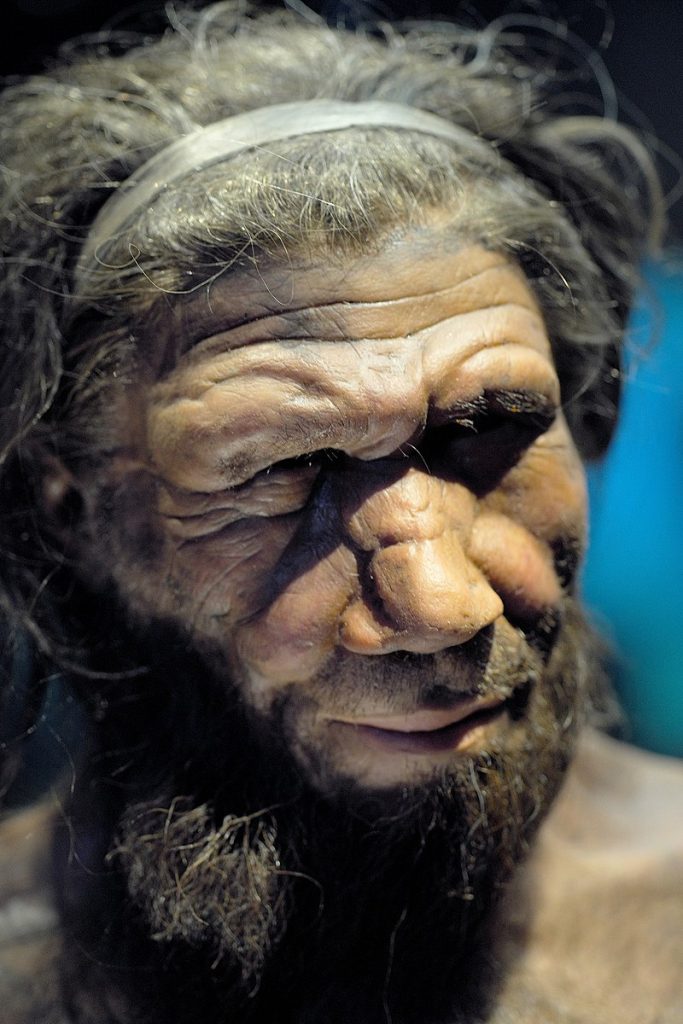
Oldest known human viruses found in 50,000-year-old Neanderthal remains
Scientists have discovered the oldest known human viruses in a Neanderthal bone more than 50,000 years old. The most surprising aspect of the study is that scientists will soon be able to recreate them.
The study was carried out by researchers from the Federal University of São Paulo.
The DNA of two Neanderthals was tested and the results showed traces of papillomavirus (a sexually transmitted virus) and adenovirus (the adenovirus that causes cold sores), as well as other viruses. The two prehistoric humans were male and their remains were found in a cave in Russia. Experts have long thought that viruses could have caused the extinction of Neanderthals, and this latest discovery could support that theory.
This suggests that Neanderthals may have been infected with the same viruses that affect humans today, according to the authors of a preliminary publication that has not yet been peer-reviewed. It also shows that it is possible to identify parts of viral genomes in archaeological samples.
Adenoviruses, for example, can cause a wide range of diseases, from pain in the buttocks with a cold to a nasty bout of acute gastroenteritis. The overwhelmingly common Epstein-Barr virus, which can trigger mononucleosis and multiple sclerosis, belongs to the herpesviruses. Papillomaviruses are perhaps best known for their association with cervical cancer.
“These Jurassic Park-like viruses can then be studied for their reproductive and pathogenic properties and compared to their modern-day counterparts,” Marcelo Briones, lead author of the study, told NewScientist.

“Given the lack of understanding of how the DNA of viruses is damaged and how to reconstruct the recovered fragments into a complete viral genome, I doubt this can be achieved,” he added. “Also, host-virus interaction is something to consider, especially in a completely different environment.” The remains were found in the Chagyrskaya cave in the Altai mountains in Siberia, Russia. The remains were among a group of nine people found in 2022 who all shared DNA, meaning they were related.
The researchers were able to sequence the genome data from the Neanderthals and get an astonishing look at their DNA. They were able to establish that the viral traces in the remains had not gotten there from the animals or modern humans who contaminated them.
“Taken together, our data suggest that these viruses may represent the viruses that actually infected Neanderthals,” study author Marcelo Briones tells New Scientist.
This doesn’t mean that viruses alone could have led to the extinction of Neanderthals – as the authors make clear in the paper – but it lends support to the theory put forward by some scientists that viruses may have been involved in some way.
“To support their provocative and interesting hypothesis, one would at least need to prove that the genomes of these viruses can be found in Neanderthal remains,” Briones said. “That’s what we did.”
A preprint of the study was published in bioRxiv.
Cover Photo: Adenovirus is one of three viruses isolated from Neanderthal remains. CDC/ Dr. G. William Gary, Jr. / Public Domain
You may also like
- A 1700-year-old statue of Pan unearthed during the excavations at Polyeuktos in İstanbul
- The granary was found in the ancient city of Sebaste, founded by the first Roman emperor Augustus
- Donalar Kale Kapı Rock Tomb or Donalar Rock Tomb
- Theater emerges as works continue in ancient city of Perinthos
- Urartian King Argishti’s bronze shield revealed the name of an unknown country
- The religious center of Lycia, the ancient city of Letoon
- Who were the Luwians?
- A new study brings a fresh perspective on the Anatolian origin of the Indo-European languages
- Perhaps the oldest thermal treatment center in the world, which has been in continuous use for 2000 years -Basilica Therma Roman Bath or King’s Daughter-
- The largest synagogue of the ancient world, located in the ancient city of Sardis, is being restored











Leave a Reply